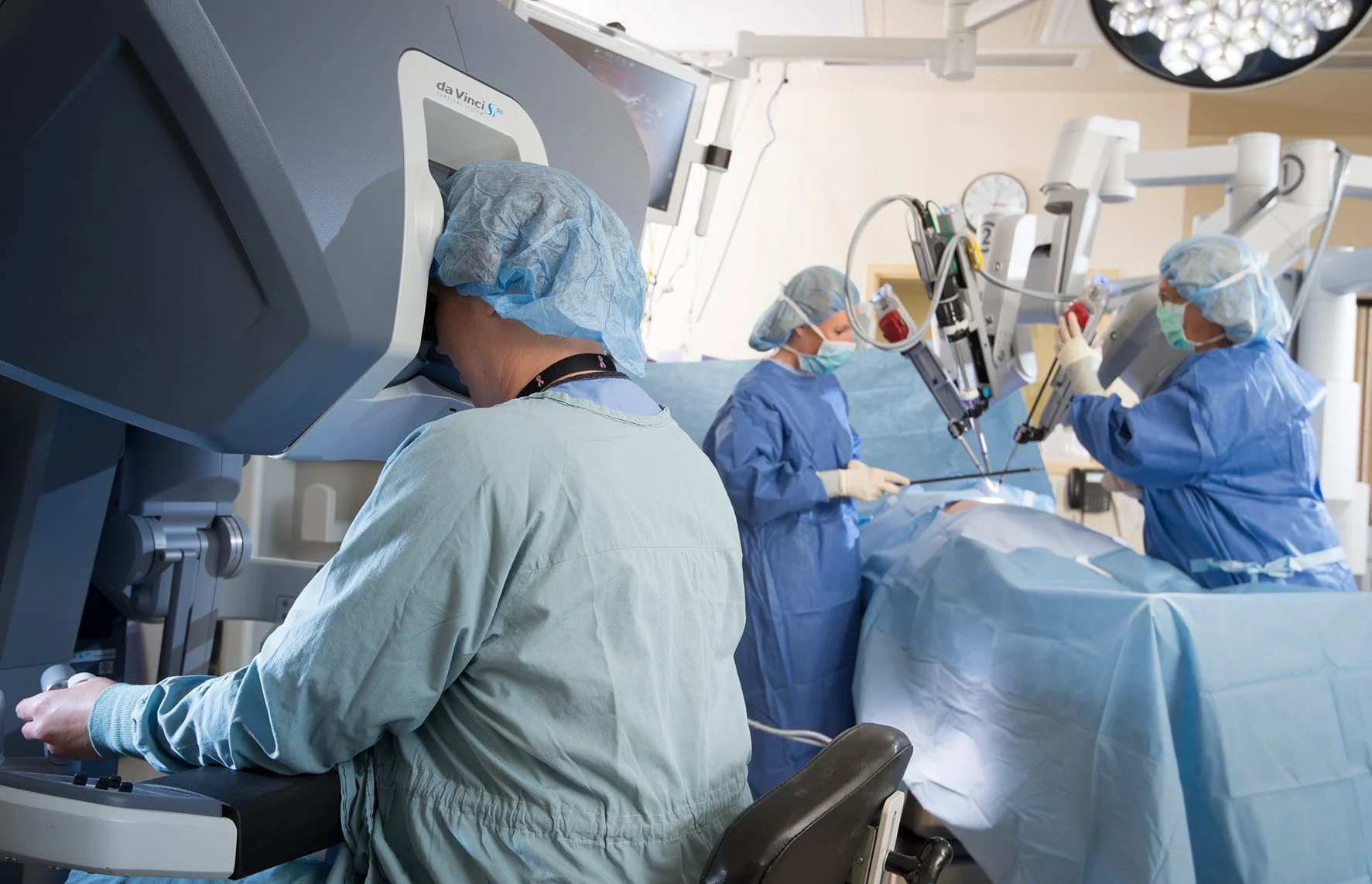Got questions about robot-assisted surgery? Discover the answers in a fun, engaging way! Learn how these high-tech robots enhance surgical precision.




With the rapid advancement of science and minimally invasive surgery, robot-assisted surgeries have become more prevalent in recent years. Understandably, patients often have many questions about this relatively new technology. Today, let's tackle some of the most common concerns in a fun and engaging way.
Patient 1: "Doctor, can I see what the robot looks like before the surgery?"
Patient 2: "Can you wait until I'm asleep to bring out the robot? It scares me!"
Patient 3: "I heard traditional surgery is better. Is that true? Is this robot thing stable? Does it cut cleanly? How many patients has it worked on?"
When I mention that a complex surgery will be performed by a robot, I can see the gears turning in your head with a million questions. How does the robot perform the surgery? Does the robot even know what surgery I need? What’s the deal with this robot surgery everyone’s talking about?
Traditional Surgery: In the traditional setup, we form a neat circle around you, with our scalpels, scissors, and clamps in a row. If we’re lucky, the incision is a modest 7-8 centimeters, but for major operations, it can stretch to a foot long. Just thinking about it is enough to make you shudder.

Post-Surgery Feelings:
Patient 3: "I’m so weak. Someone help me! I can’t get out of bed. My belly hurts so much!"
Patient 4: "Doctor, all the other patients have been discharged. Why am I still here?"
Then came the era of minimally invasive surgery.
Minimally Invasive Era: No big belly incisions here, just a few small punctures, and you recover in no time!

Post-Surgery Feelings:
Patient 5: "I feel pretty good. I can go home in a few days, and the wounds don’t even hurt much."
Patient 6: "How can you see clearly through such a small hole? Is it safe? Did you remove my tumor completely?"
Doctor: "Human exploration knows no bounds. We’ve reached Mars! Surely, we clever Earthlings can handle this, right?"
Sure, human hands and eyes have their limits, but we’ve invented machines to achieve the precision required for surgery! You’re probably imagining a robot like in sci-fi movies, right?

No, no, no! Our surgical robots are not your typical smart robots!
In reality, it looks like this:

Patient 7: "Isn’t this just a fancy laparoscopic machine? Isn’t it still operated by a human? It’s not what I imagined!"
Doctor: "You’re right! The robot is indeed operated by us doctors. The success of the surgery still heavily depends on our surgical skills. You might be wondering why we need a robot if it’s still the doctor doing the work. How does it make the surgery more precise? Is it just a gimmick?"
Imagine the surgical area is like a dense forest. With traditional open surgery, the doctor's view is like looking from above, needing to clear away foliage to see the trees.

In tricky spots, it's not just hard to see; even if we can see, it’s tough to maneuver our hands.
Now, let me show you the view in robot-assisted surgery. Imagine a 360-degree IMAX 3D experience, where you’re fully immersed.

With 10x magnified HD 3D images, the level of precision is unparalleled.
Patient 8: "Seeing better is one thing, but what good is that if you can’t perform the surgery with the same precision?"
Doctor: "Let’s talk about the robot’s 'hands' – they’re more precise, eliminate shaky movements, and allow the surgeon to operate for hours without fatigue, which means better focus.
Unlike human hands, the robot’s arms can rotate 720 degrees. Imagine the freedom of movement!

See how it navigates through blood vessel gaps as if they weren’t even there?
Patient 9: "How does the robot know what to do? Won’t it move randomly in my body? That’s terrifying!"
Doctor: "The beauty of this technology lies in the robot’s 'hands' and camera being controlled by the surgeon in real-time. The movements are perfectly synchronized.
In simple terms, whatever move the lead surgeon makes, the robot replicates with even greater precision! Especially for those tight spots human hands can’t easily reach, tricky angles, and delicate tasks on blood vessels, it’s a game-changer.
With the robot's assistance, it’s like having extended, more agile, and precise 'hands.'
Ultimately, we hope this advanced technology can help more patients, giving those who previously had no surgical options a chance at life!"